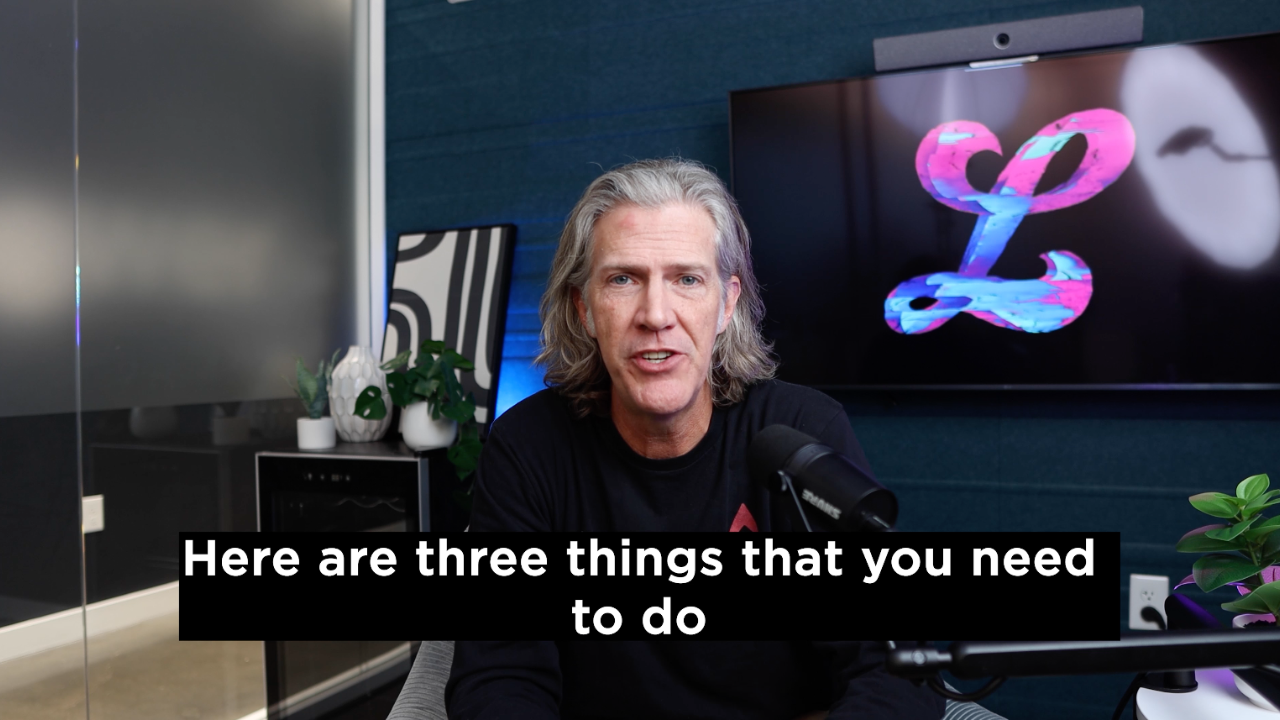What Is a HELOC?
A HELOC or home equity line of credit is a loan that allows you to be approved for a specific amount, then draw from that amount over time. You can borrow up to 95% of your home’s value—minus what you currently owe on your mortgage. If you plan to make a series of improvements to your home or are facing a period of lean income, a HELOC might be the right choice for you because it’s a longer-term solution.
Most HELOCs have variable interest rates, so they’ll change based on market trends. Your interest rate will depend on your qualifications.
How a HELOC Works
A HELOC has two phases: a draw period and a repayment period. During the draw period, you can borrow from your approved amount at any time. For example, if you’re approved for a $100,000 line of credit, you might take out $50,000 right away for a home addition, then draw out smaller amounts later for other updates.
Most draw periods last about ten years, during which time you only pay interest on what you’ve borrowed. For example, if you have a HELOC approved for 100k, but you only use 40k, your monthly payment will be calculated based on the 40k that you have used—nothing more. After the draw period ends, the repayment period begins and you’ll begin making monthly payments of your balance, plus interest.
Most repayment periods last for about 20 years, but if you sell the home before then, you’ll pay back the balance of what you owe with the proceeds from the sale (as you would with any other mortgage).
HELOC: What Are the Benefits?
Borrow as needed.
With a HELOC, you only pay interest on what you borrow, not your approved amount.
Less over-borrowing. (And more responsible spending.)
Because you borrow as needed, you only add to your debt when you need to.
Interest-only draw periods.
You don't have to worry about paying the loan back until the repayment period.
Comparatively low interest rates.
With a HELOC, you’ll probably pay less interest than you would with a personal loan or credit card.
HELOC: What Are the Drawbacks?
Your home as collateral.
As with any home loan, if you default on your payments, you could lose your home. This can be avoided by doing the math and making sure you can afford your mortgage, other bills, and HELOC repayments.
Loan-to-value increase.
It’s all about balance. Taking out a HELOC causes your loan-to-value ratio to increase. On one hand, your home value could rise over time. That’s great. In other cases, you could end up owing more than your home is worth if the value decreases. That’s called being underwater on your mortgage. Looking at the home value trends in your area with the help of your real estate agent can help you decide.
Unpredictable interest rates.
While most HELOCs have comparably low interest rates to credit cards and personal loans, that rate may also be variable. Depending on the market, you could end up paying more than you would if you had a home equity loan.
With a HELOC, you only pay interest on what you borrow, not what you’ve been approved to borrow. As long as you don’t need the full amount right away, a HELOC can help you to not over-borrow.
What Is a Home Equity Loan?
Much like a HELOC, a home equity loan is also a way to access your equity—but this time, it’s a lump sum payout. As with a HELOC, you can usually borrow up to 95% of your home’s appraised value.
How a Home Equity Loan Works
With a home equity loan, you start making payments on the entire amount soon after you receive the loan. Each monthly payment will be a combination of the principal (the amount you borrowed) and interest.
A home equity loan usually has a fixed interest rate, meaning the rate will stay the same throughout the loan’s entire term. Terms for home equity loans tend to fall somewhere in the range of five to 30 years. Your term will depend on your qualifications and the arrangements made when you take out the loan.
People often choose a home equity loan over a HELOC if they need a large sum of money immediately and don’t mind starting to pay it off right away. For example, if your income is steady and you need the money for a single major home improvement project, a home equity loan might be the right option for you.
Home Equity Loan: What Are the Benefits?
Predictable payments.
Because most home equity loans have fixed interest rates, you can expect to pay the same amount every month. This predictability makes budgeting easier.
Stable interest rates.
With a home equity loan, you don’t have to worry about interest rates changing before you pay off your balance.
Home Equity Loan: What Are the Drawbacks?
Interest on the whole loan.
A home equity loan gives you your entire approved amount at once so you pay interest on everything, even if you wouldn’t necessarily have needed it.
Loss of equity, default risk, and home value uncertainty.
Both HELOCs and home equity loans are secured loans with your property as collateral, so the associated risks are the same with both products. You have less equity in your home, you could lose your home if you default, and you risk owing more than your home is worth if values drop.
Because most home equity loans have fixed interest rates, you can expect to pay the same amount every month. This predictability makes budgeting easier.
HELOCs vs Home Equity Loans: Key Similarities
- You could get approved to borrow up to 95% of your home’s value, depending on your equity.
- You’ll have to pay interest, but it’s usually less than what you’d pay with a personal loan or credit card.
- Your home is your collateral, so you have to keep up with payments or risk foreclosure.
HELOCs vs Home Equity Loans: Key Differences
- A HELOC is revolving credit, meaning you get approval for a certain amount and can borrow from it as needed.
- A home equity loan is a lump-sum payment. You collect the whole amount at once.
- A HELOC starts with a draw period when you can borrow from your approved amount, but you’re only paying back interest. You don’t start making balance payments until the repayment period, which can be up to 10 years later. (But you can always pay more than the minimum interest payment to begin paying down the balance at any time.)
- A home equity loan requires you to start making regular payments as soon as you’ve received the amount borrowed.
A HELOC is revolving credit, meaning you get approval for a certain amount and can borrow as needed. A home equity loan is a lump-sum loan. You collect the whole amount at once.
Which Is Right for You?
Now that you know the basic differences between a home equity loan and a HELOC, you can start to decide which one to apply for.
Why Do You Need the Loan?
Think about why you need the money. Is it better to get it all at once, or start with a smaller amount and have the freedom to borrow again later? If the latter sounds better, you want a HELOC. It works like a credit card, but with lower interest.
How Qualified Are You?
The application process and qualifications are similar for both HELOCs and home equity loans. You’ll need to show that you can afford payments, and that means providing evidence of the following:
- A good credit score. A score of 700 or above will give you the best chance at an attractive interest rate. You may still qualify with a score of 660 to 700, but you’ll probably pay more.
- A low debt-to-income ratio, which is the amount you make before taxes every month divided by the total amount you pay monthly toward your debts. You’ll have the best chance if your DTI is below 43%, but below 40% is better. To see what you’ll qualify for, just get in touch with our team here at Lower.
- A history of on-time bill payments.
- At least 15% equity in your home.
The main difference is DTI requirements are stricter for home equity loans. If your DTI is between 43% and 50%, you won’t be able to get a home equity loan, but you might be able to find a HELOC option.
What Options Can You Find?
You can shop around for both types of loans or focus on one. Compare interest rates and look for ways in which individual loans stand out.
Here at Lower, we let you check your qualifications with a no-impact, soft credit check, so there’s no harm in getting an estimate. You can also get a quick and easy estimate of how much you might be able to borrow with our online calculator.
Lower.com uses a soft credit pull when you’re shopping for a HELOC, so you can get an estimate without it impacting your credit.
The Takeaway
When you want to borrow against your equity, consider whether you’d prefer the flexibility of a HELOC or the predictability of a home equity loan. The former lets you borrow over a longer period and offers you variable interest rates, while the latter gives you a lump sum followed by steady payments.
Don’t rush yourself—take the time to do your homework and learn about your options. Here at Lower, it's easy to learn more about HELOCs and what your plan may look like. Just get in touch.

















.svg)

.svg)
















